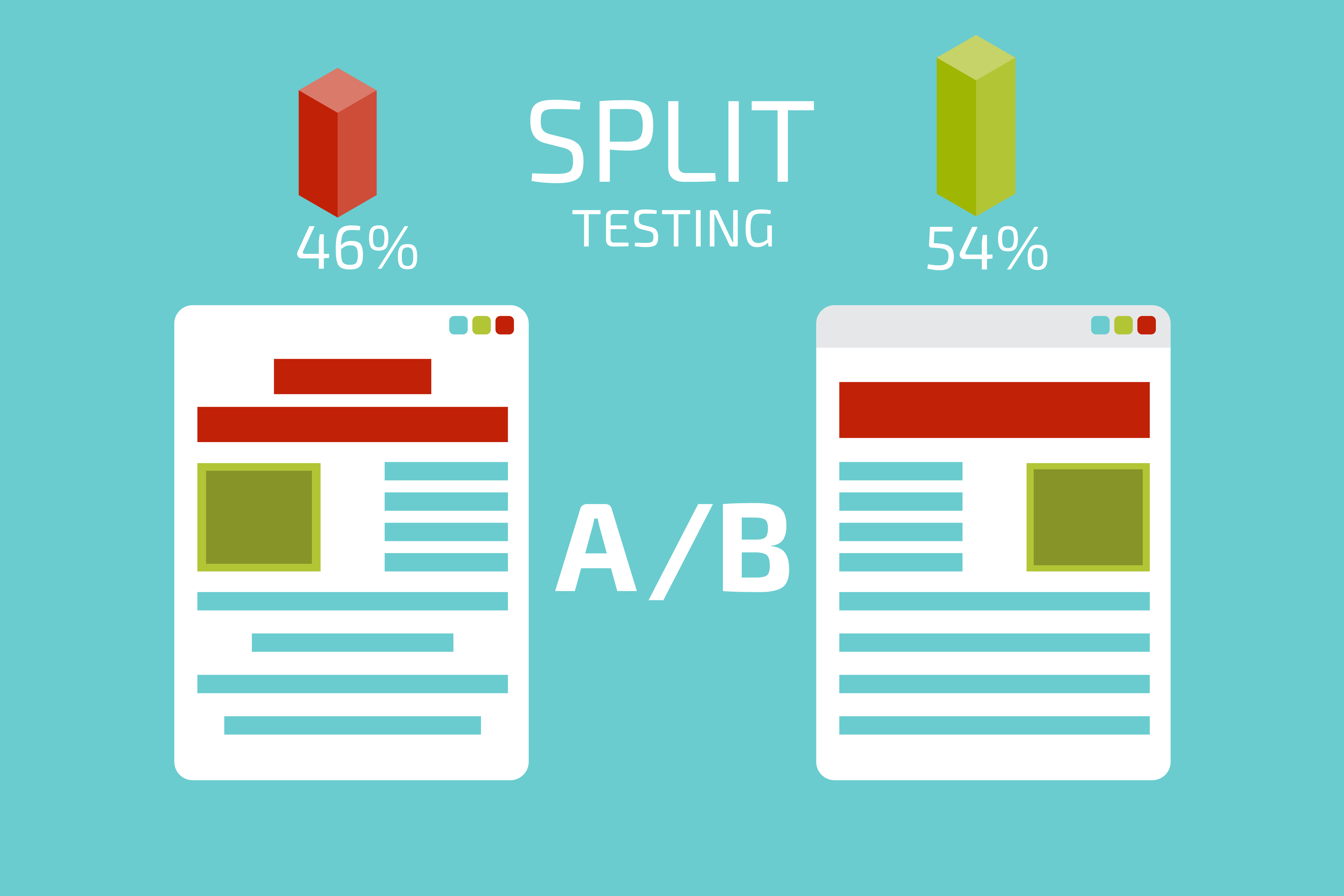5 Steps to Better Converting Copy: The When, Why, and How of Split Testing
If you want copy that works hard for every penny invested…
Copy that gives you the best possible conversion rates…
You need to test it.
Because ultimately…
It’s not about whether your sales letter, landing page or email is ‘in voice,’ looks flashy and stalks your target market all over social media.
It’s about whether it sells.
And the proof is in the numbers:
Earnings per lead
Cost per click
Conversion rates
Click through rates
Opt-ins
Open rates
…and all those other percentages that turn copysmiths into the number crunchers they never wanted to be 🙂
But the thing about testing is… it takes time, money, planning and assessment.
And those resources can be pretty sparse when you’re in the middle of a big launch.
So too many business owners and copywriters are falling into the trap of making decisions based on what they think the market needs, what they see working in the market now, or what “feels right.”
Instead of sitting down regularly to look at the numbers and see what worked and what didn’t…
Or testing that big launch concept before investing $$$ in copy.
Bottom line:
They’re missing out on getting the best results for the dollar.
Not good.
So here’s how to hone in and get your testing strategy up and running – in 5 simple steps:
When to Start Testing
If your client is just trying to get their business off the ground, it’s not in their best interest to start doing a bunch of complicated split tests right now.
First of all, they probably won’t have the volume of traffic to get meaningful results.
Secondly, they should be focused on creating products and building out their funnel.
That’s not to say you shouldn’t be tracking; via likes, shares, views, open rates and Google analytics.
But you should wait until the business is making consistent sales, with a significant mailing list (in the thousands) to start running actual A/B split tests.
If you’re working with a new client who has an established business, make sure you get their past data: split-test results for headlines, subject lines, design; and what the overall lessons were from testing they’ve done in the past.
And if you have established clients who aren’t tracking, testing, and optimizing…
Then it’s your job to educate them, and offer suggestions on what and when they should be collecting metrics.
And now to the practicalities of testing. This is how we do it…
How to Implement a Testing Strategy
Step 1 – Establish a ‘Control’
This is your best performing piece of copy to date, which will act as the one to beat.
Test like against like. So the email with your most incredible open rate to date…that’s your target for testing email open rate variants, like subject line, and day or time of sending.
Establish a ‘control’ for each type of copy: a landing page control, salespage control etc.
Step 2 – Decide What You Want to Test
Want to see if your landing page works better with an image of your free PDF download, or your own adorable grin? Test it.
Thinking about doing away with email greetings to save “real estate” in Gmail subject lines? Test it.
Debating whether to run your new sales page with/without a video? Test it.

But a quick word of warning:
Direct response legend Brian Kurtz advises you to “test screams and not whispers,” which means…
Don’t test the thing that will make a 1% improvement – like tweaks in copy, or a small image – test; which day and time is best to send emails to your market, subject lines, CTA position and text, and your main image (static, video, gif).
Sometimes these variants can make a 20% difference.
20% on 10,000 visits to a sales page, or even 1,000 visits to a sales page can make one heck of an impact on your bottom line.
Step 3 – Choose Your Testing Method
Here’s where it starts getting a bit geeky 🙂 But hang in there…
Now you know what to test, you need to decide how:
Method #1 – Single variable testing
Is where you have two identical pieces of copy, let’s say, a landing page.
You funnel traffic to the two landing pages; one acts as your unchanging control, the other is your experimental copy.
Change one variable at a time and watch the response rate. The majority of my clients use VWO as a tool for doing this.
Hopefully you’ll get to bucket more respondents.
The advantage of this method is that you can pin down exactly what it is that makes the difference, so you get deeper insight into your audience. But it does take time, requires a decent amount of traffic to make it credible, and sometimes results in only minor changes in performance.
Method #2 – Test two completely different versions of the same page.
Say you had two different ideas for your landing page…both seem like winners to you… set them up and drive traffic to test which one is more effective.
You may get more dramatic results with this method, BUT… you won’t be able to pinpoint the “why” behind the results.
Method #3 – Heat Maps
Heat maps like Hotjar are great for showing the reader’s interaction with a sales page: where they lingered, where they clicked, how far down the page they got…That way you can remove friction and increase the clarity, relevance and motivation of your messaging.
And now…let’s put those numbers to use. It’s time to work out your CTRs, ROIs, CPLs, and the all important AOV…
Step 4 – Analyze Your Data
At launch end, or periodically with evergreen products, collect all your data and work out your metrics:
- Open/unopen rates
- CTRs (click through rates)
- ROAS (return on ad spend)
- CPL/CPC (cost per lead/cost per click)
- EPL (earning per lead)
- Longer term you’ll also want to look at: CLV – Customer Lifetime Value meaning the average total value (revenue) gained over the lifetime of a customer.
And that leads us to the final and ALL IMPORTANT step that so many people kind of flake out on…
Step 5 – Debrief and Implement
Gathering data is all well and good, but it doesn’t help you unless you extract the right lessons and conclusions from it.
I’ve worked with clients who religiously do detailed debriefs after launches.
I’ve also worked with clients who had folders and files of data, but never sat down to analyze or make changes as a result ;(
Now, a small caveat: This isn’t an exact science. There are always extenuating circumstances that may skew your numbers:
Bad weather, good weather, competition, technical issues… anything can happen.
A recent launch showed considerably improved conversions once we increased mobile optimization.
And another (where my client was a JV partner) underperformed because it happened during the elections… need I say more?
THE KEY HERE is to study data over time to overcome natural variants or one-off pollutants.
With time, patterns and trends will emerge that you can learn important lessons from.
Why Testing Will Turn You Into A Rockstar
So if you’re a business owner who wants to get the best conversion rates possible…
Or a copywriter who wants to be a client-magnet.
You need to get to grips with testing and numbers.
Because the more data you have, the deeper your understanding of what really works in your market will be.
And your copy—subject lines, headlines, message length, CTA button text, and all the other elements that lead to a click, sale or registration—will be based on proven response rates.
And tailored to your market.
Optimized for the best possible result.
So, ready to rock it?


